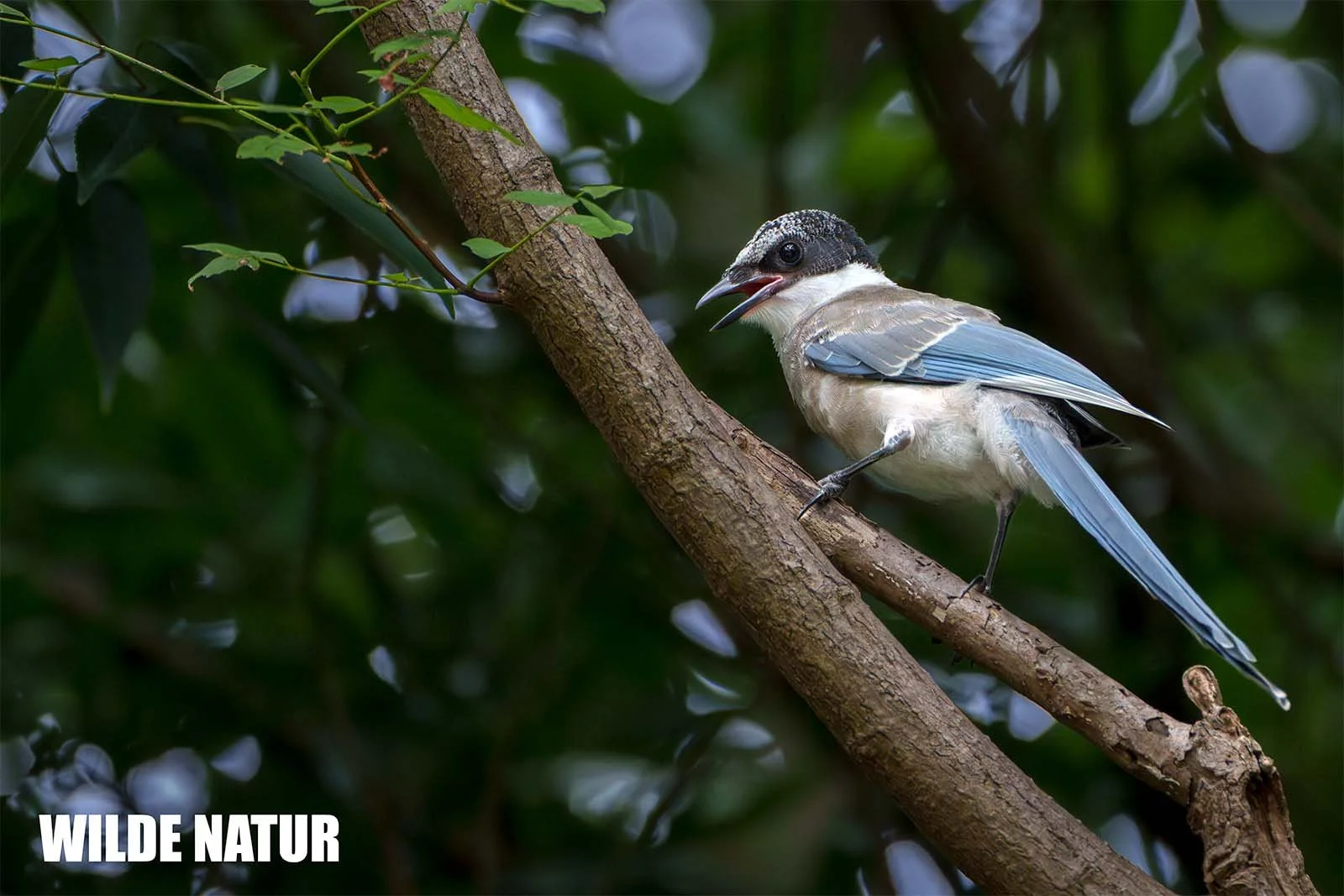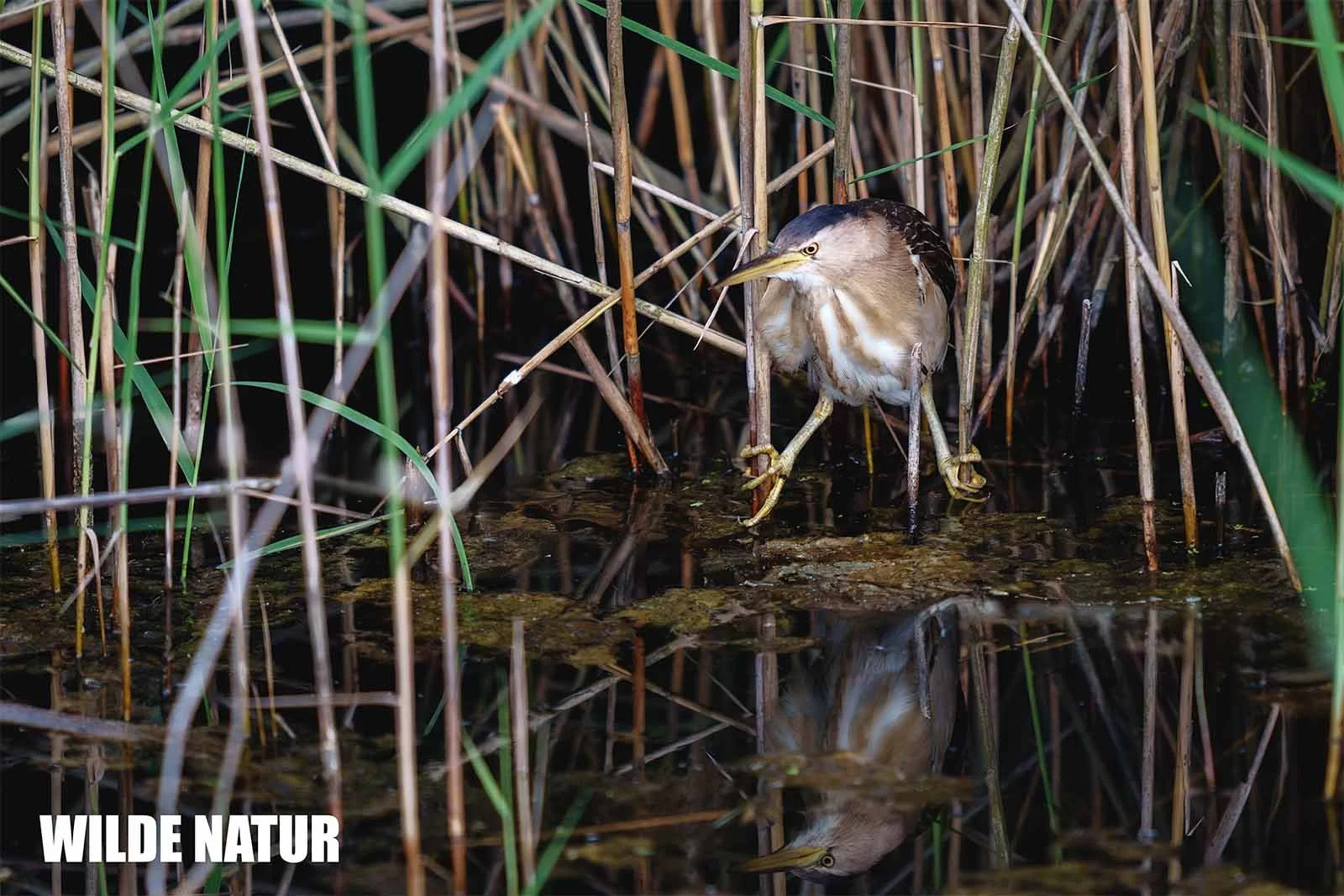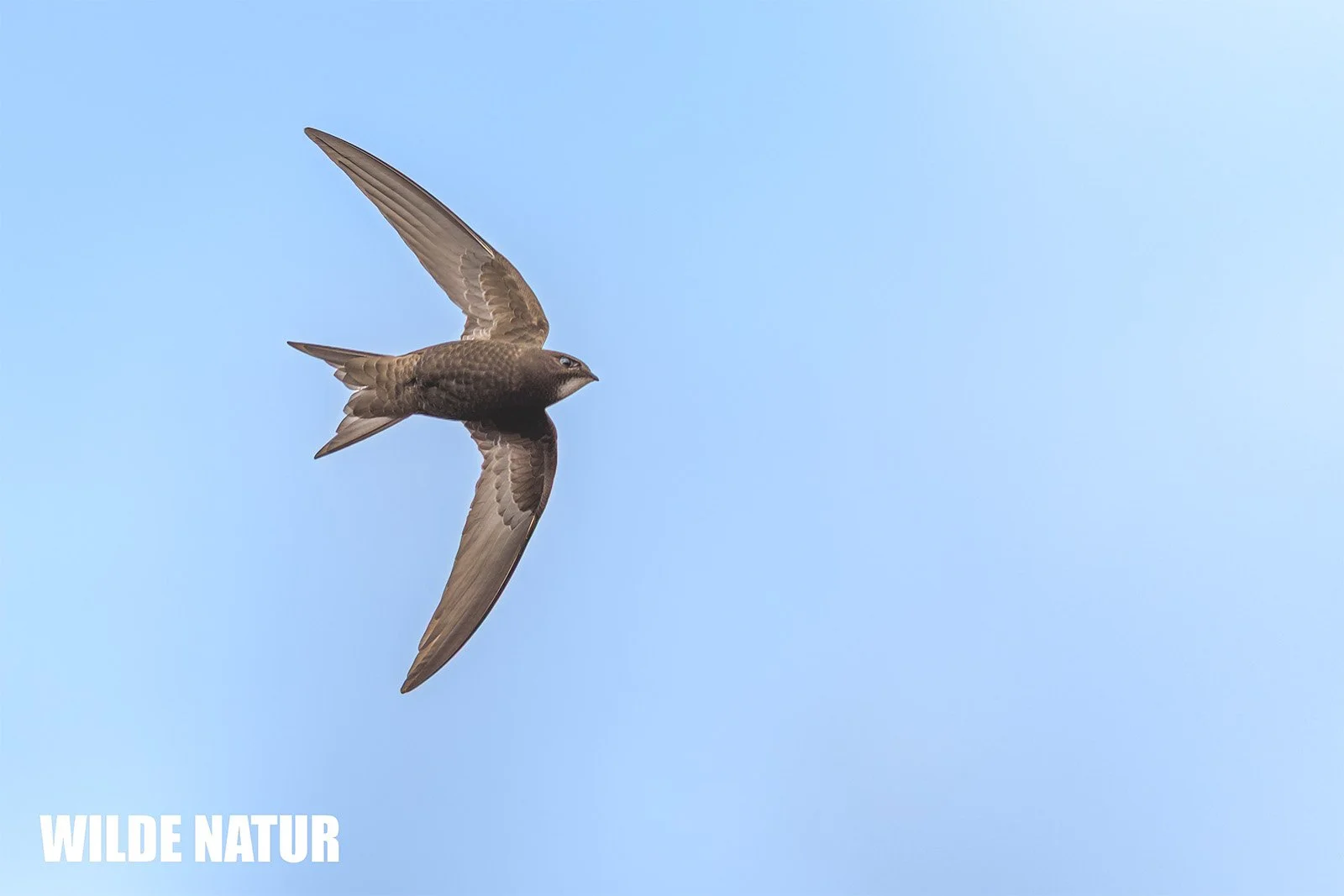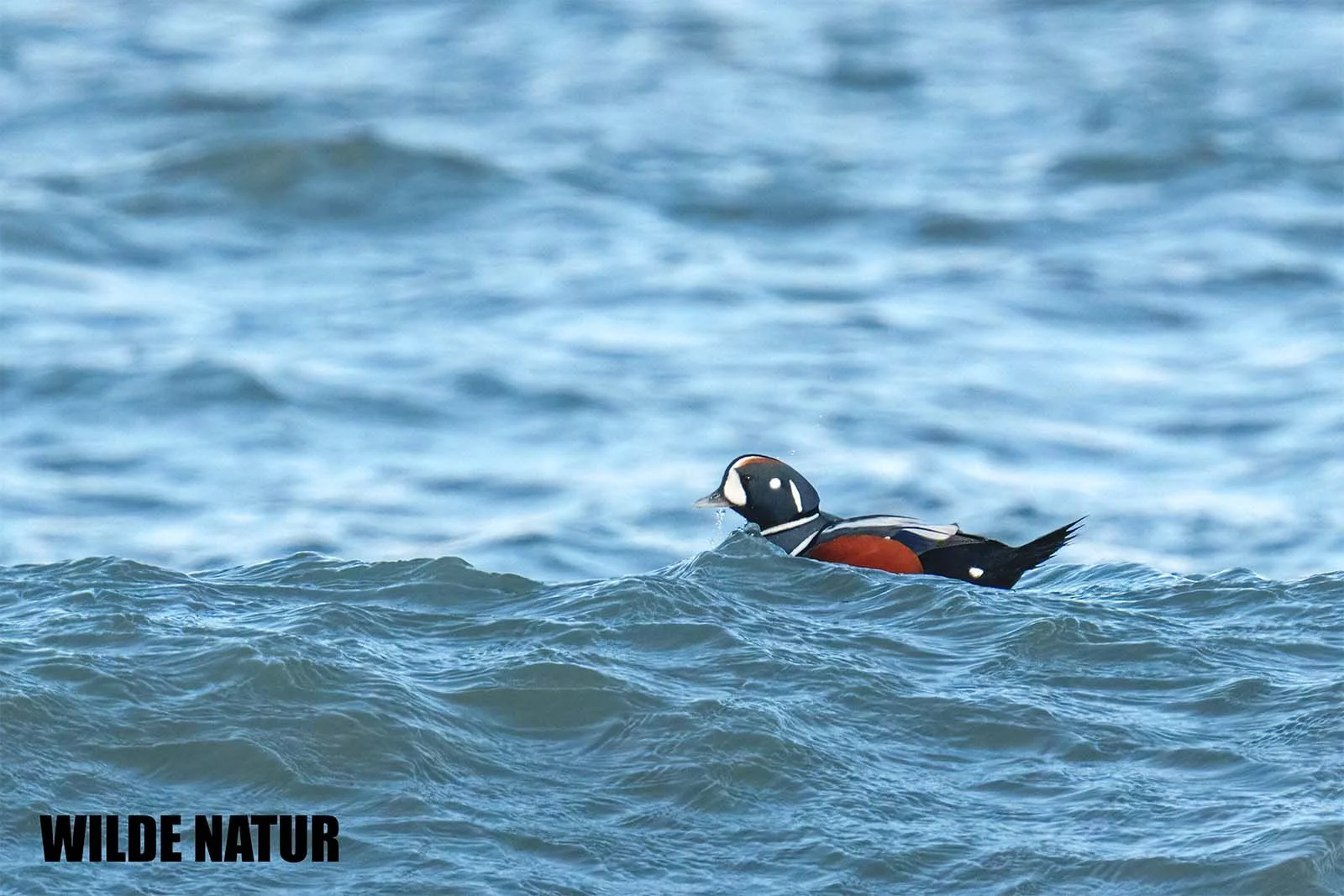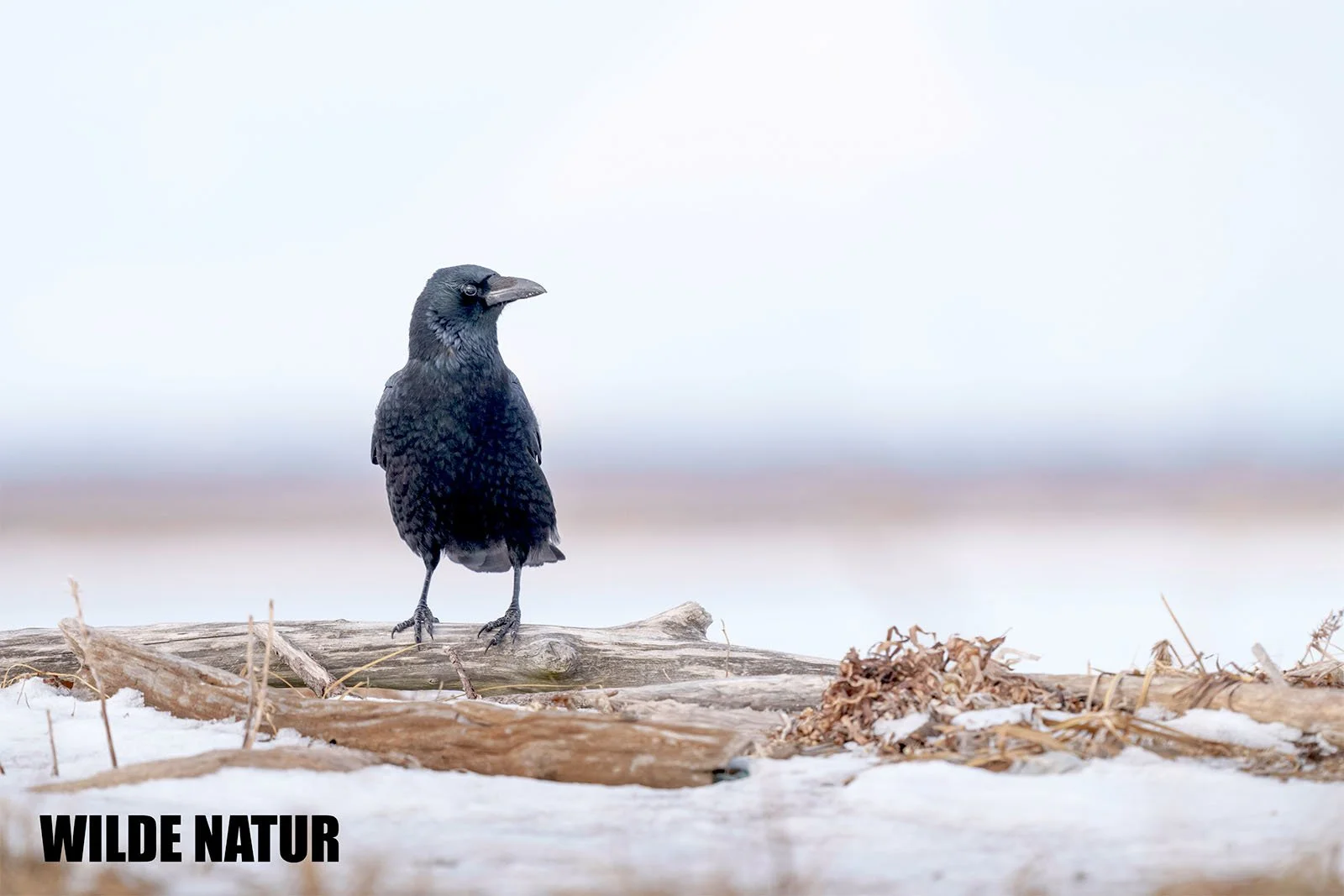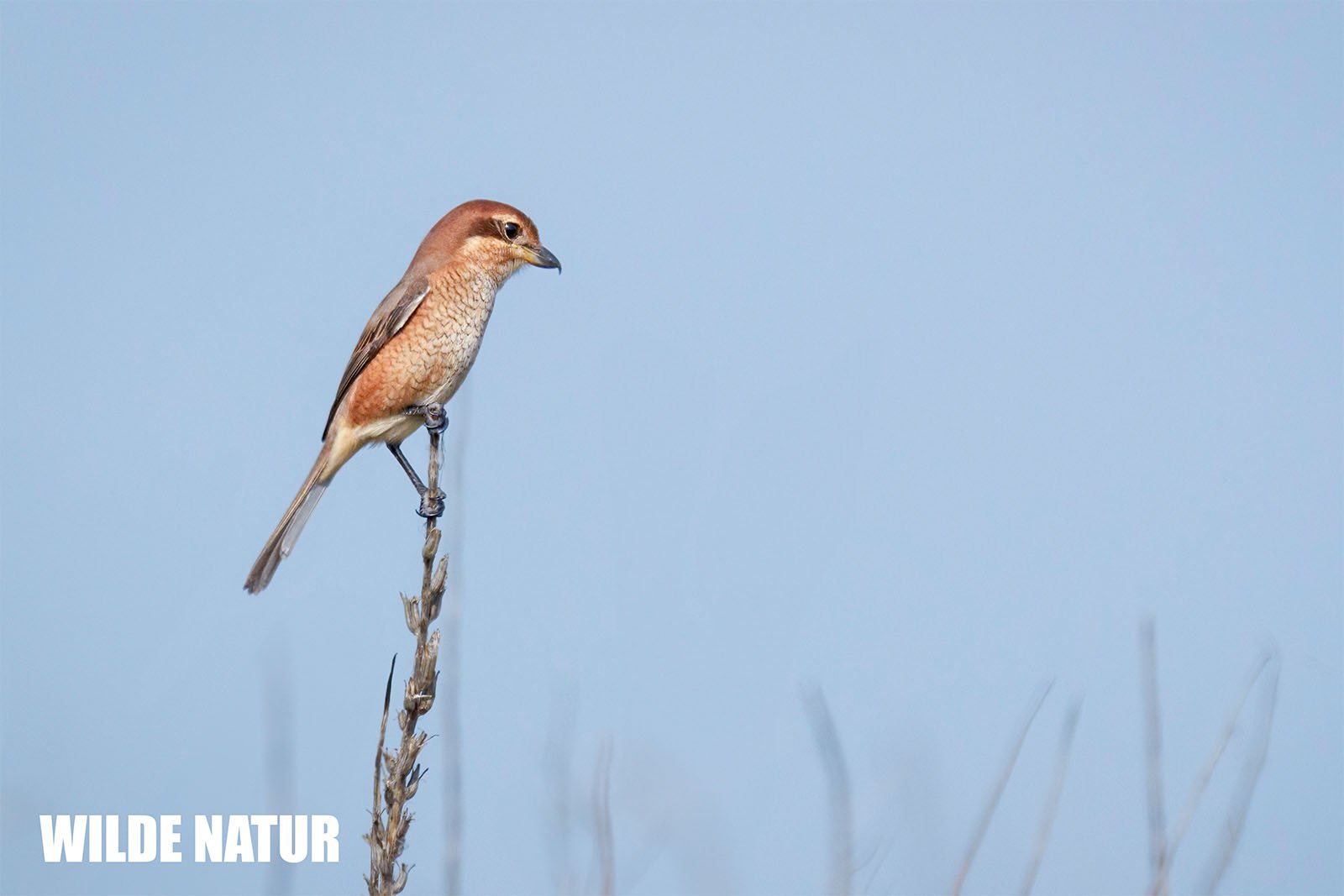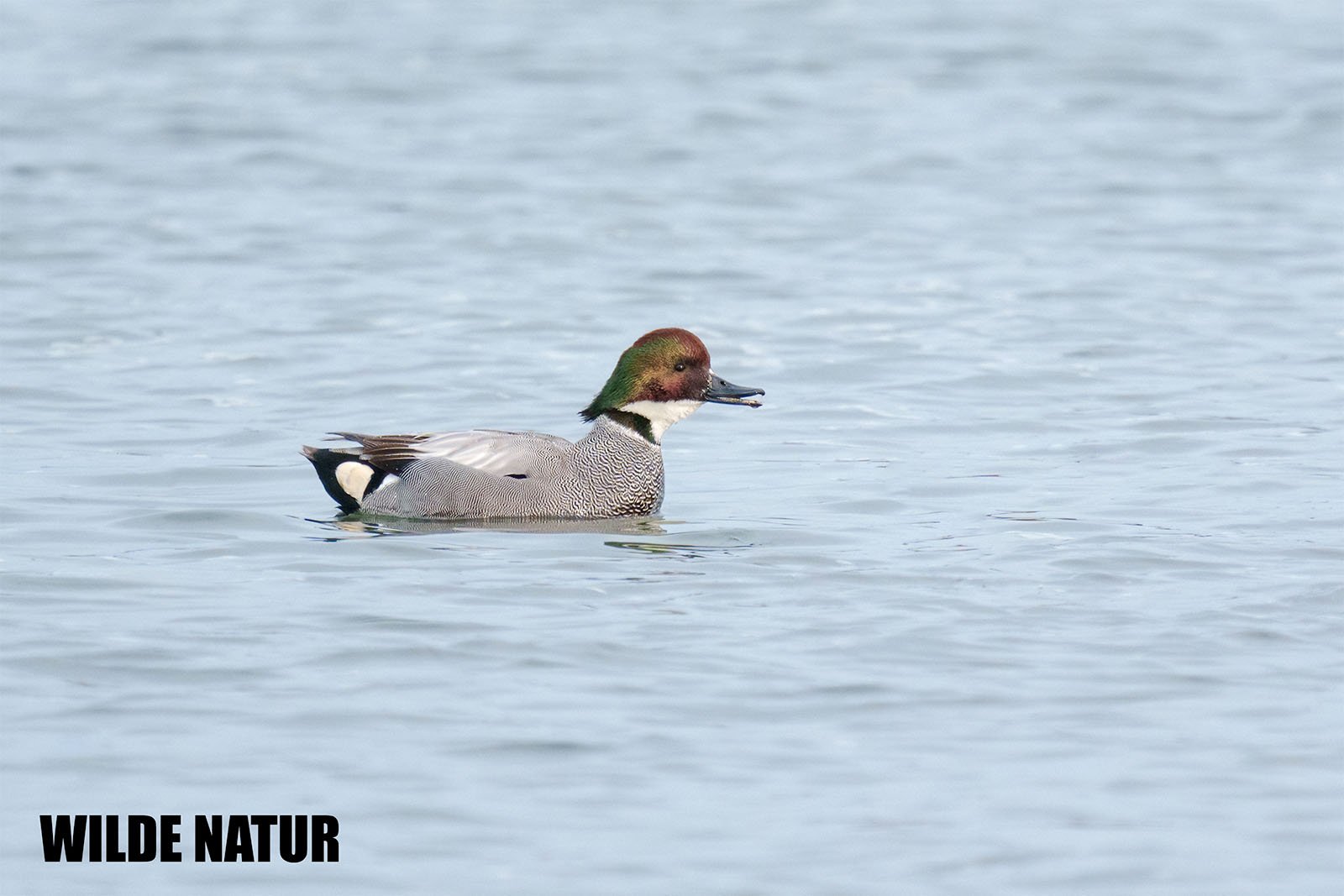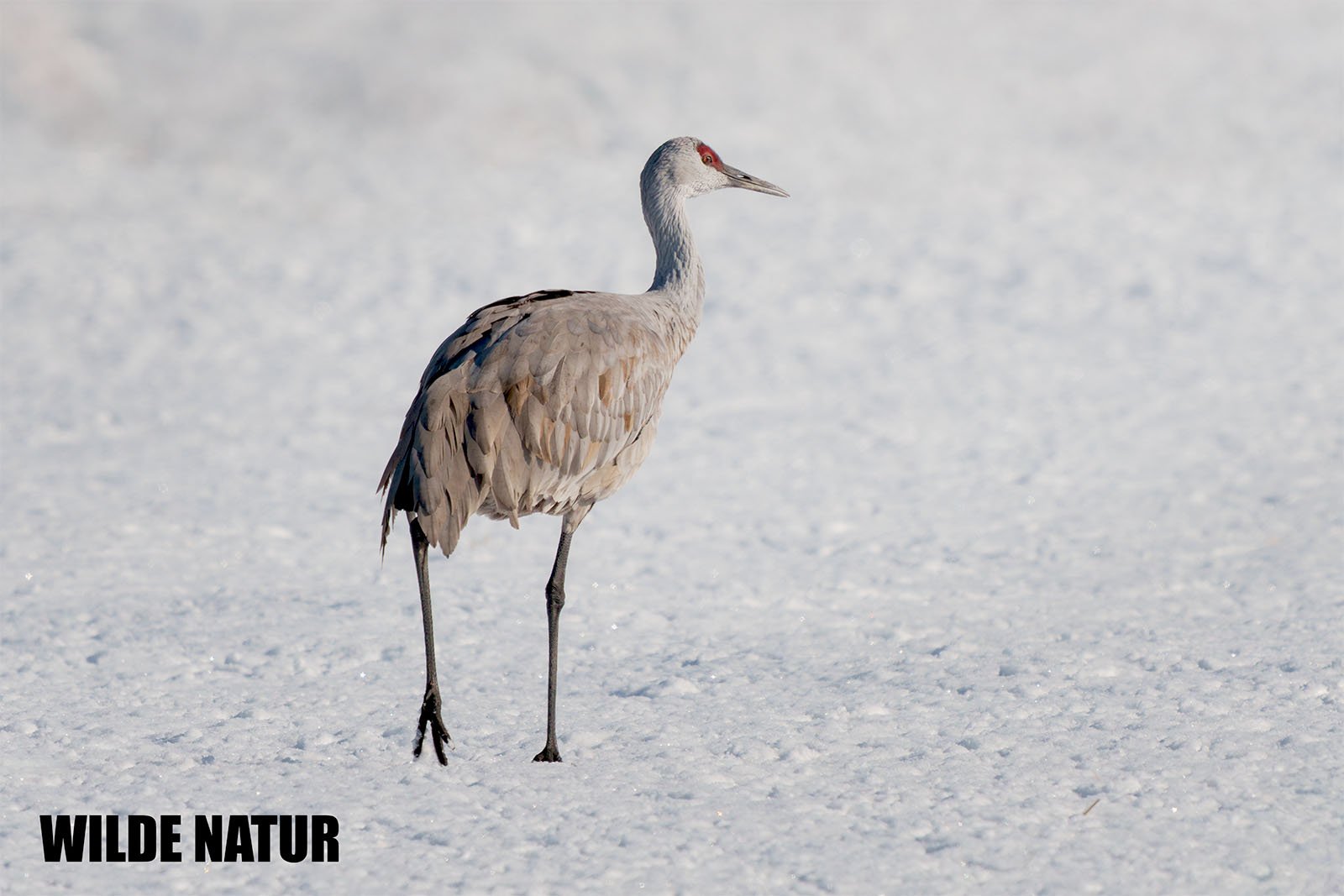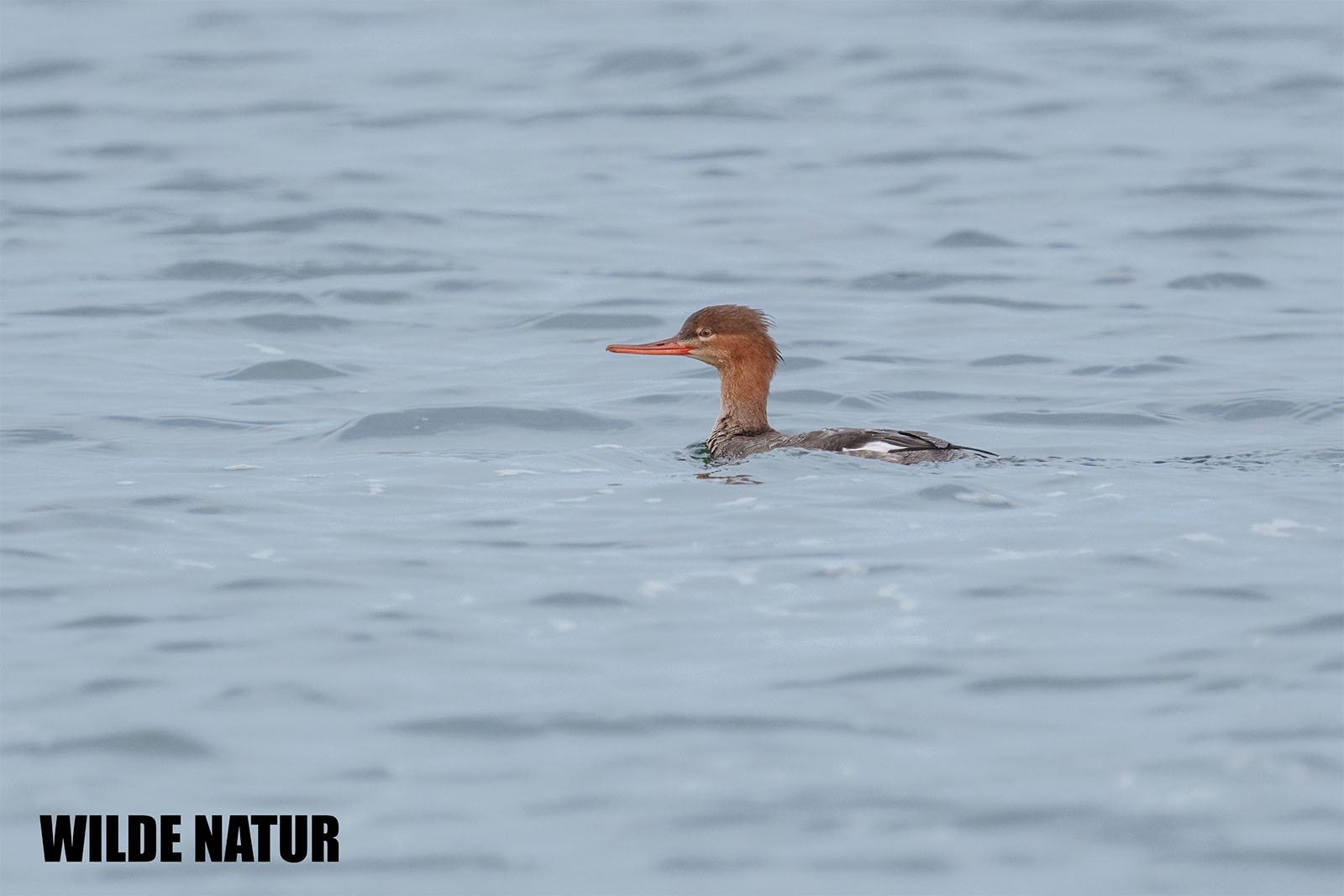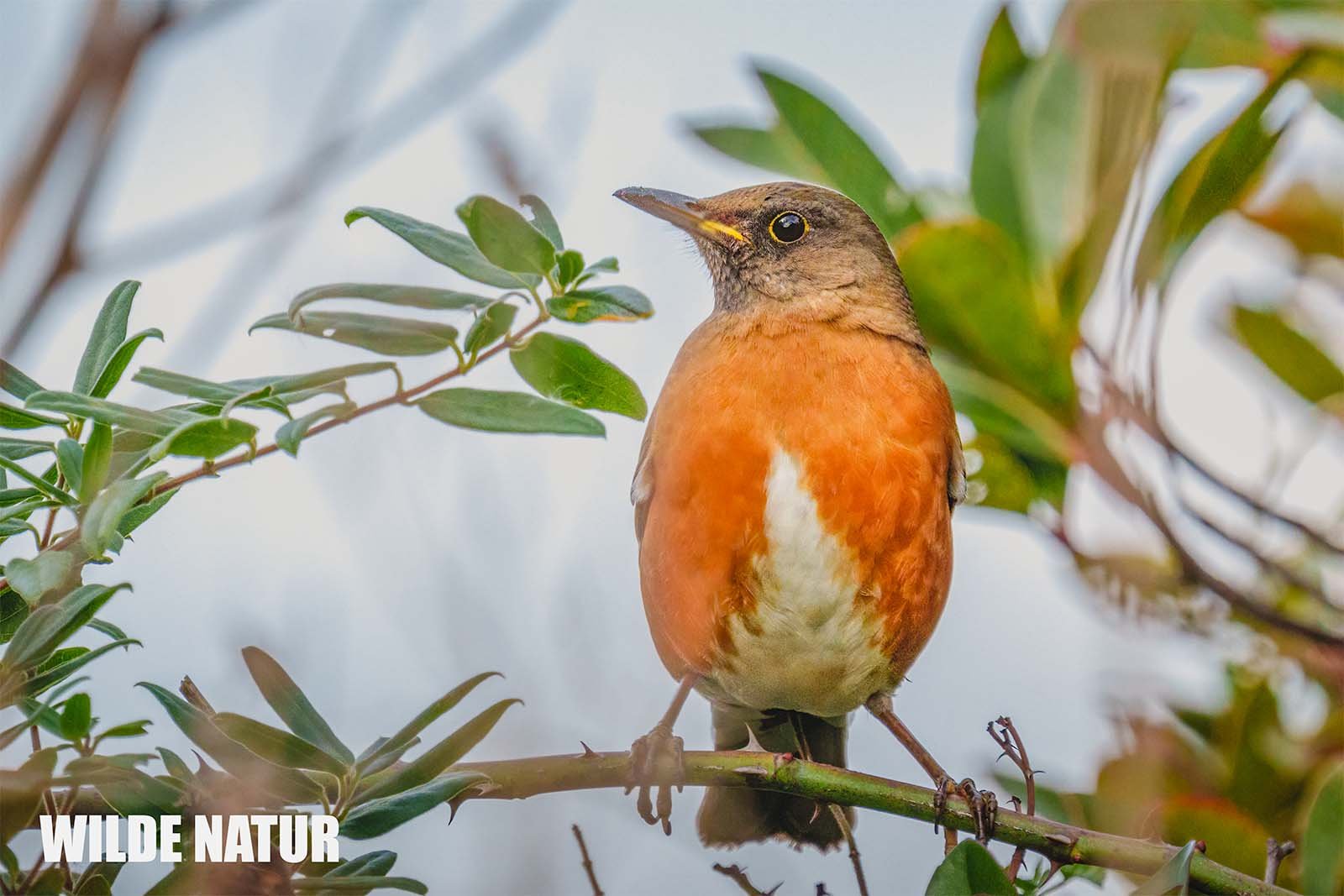Pygmy Cormorant (Microcarbo pygmaeus)
Pygmy cormorant (Microcarbo pygmaeus)
Pygmy Cormorant – Europe’s Smallest Cormorant
The pygmy cormorant (Microcarbo pygmaeus) is Europe’s smallest cormorant. Discover its features, lifestyle, breeding behavior, and remarkable hunting skills.
Quick Facts
- Size: 45–55 cm
- Features: Small cormorant with short neck, long tail, and compact bill
- Plumage: Dark with metallic sheen, white ornamental feathers in breeding plumage
- Eyes: Emerald green to turquoise
- Bill: Short, stout, slightly hooked, horn-colored to yellowish
- Legs & Feet: Short, black, with webbing for diving
- Habitat: Lakes, oxbow waters, slow rivers with dense bankside vegetation
- Range: Eastern & Southern Europe, rare in Central Europe (notably Hungary)
- Breeding: Colonial breeder, often alongside herons and spoonbills; nests of twigs and plant material
- Diet: Mainly small fish, also crustaceans and occasionally small mammals
- Hunting behavior: Skilled diver, often hunts cooperatively in groups
Table of Contents
- Characteristics & Lifestyle
- Distribution & Habitat
- Breeding & Behavior
- Diet & Hunting
- Frequently Asked Questions (FAQ)
Characteristics & Lifestyle
Size & Build
At 45–55 cm, the pygmy cormorant is the smallest cormorant species in Europe. Its body is compact, the neck short but powerful. Distinctive traits are the sturdy bill and the long, often fanned tail.
Plumage & Coloration
Its dark plumage shows a metallic sheen, shimmering green or bronze depending on light. In breeding plumage, fine white ornamental feathers appear on the head and neck. In non-breeding plumage, the feathers are black-brown and plain.
Bill & Head
The bill is short, stout, and slightly hooked, horn to yellowish in color. Bare yellowish-gray facial skin frames the bill base.
Eyes
A striking feature: the emerald green to turquoise eyes, shining vividly against the dark head.
Legs & Feet
The legs are short but strong. The webbed black feet make the pygmy cormorant an agile underwater hunter.
Distribution & Habitat
The pygmy cormorant prefers still or slow-flowing waters with dense bank vegetation, including:
- Lakes and oxbow wetlands
- Marshy river landscapes
Presence in Europe
- Rare in Central Europe, breeding mainly in Hungary
- Some populations migrate to the Mediterranean for winter
Breeding & Behavior
The pygmy cormorant is a colonial breeder, sharing sites with:
- Herons
- Spoonbills
- Ibises
Nesting
Nests are built from twigs and plant material in:
- Trees
- Bushes
- Dense reed beds
Both parents construct the nest and raise the chicks.
Diet & Hunting
Main Diet
- Small fish up to 15 cm
- Crustaceans
- Worms
- Occasionally small mammals (e.g. young water voles)
Hunting Style
- Often hunts in groups
- Dives skillfully to catch prey underwater
Observation tip: Pygmy cormorants are often seen spreading their wings to dry, as their plumage is not fully waterproof.
Frequently Asked Questions (FAQ)
How does the pygmy cormorant differ from other cormorants?
It is smaller, with a shorter neck and longer tail than other cormorant species.
Why do pygmy cormorants spread their wings?
To dry their feathers, since they are not fully water-repellent.
Where can I see pygmy cormorants in Germany?
Very rarely—mostly in wetlands of Hungary or at large lakes in Southeastern Europe.
Is the pygmy cormorant endangered?
Populations are declining regionally, mainly due to habitat loss.
Conclusion – A Fascinating Diving Hunter
The pygmy cormorant is Europe’s smallest cormorant and a specialist in fish hunting. With its shimmering plumage, vivid eyes, and adept diving skills, it is one of the most captivating waterbirds to observe.



